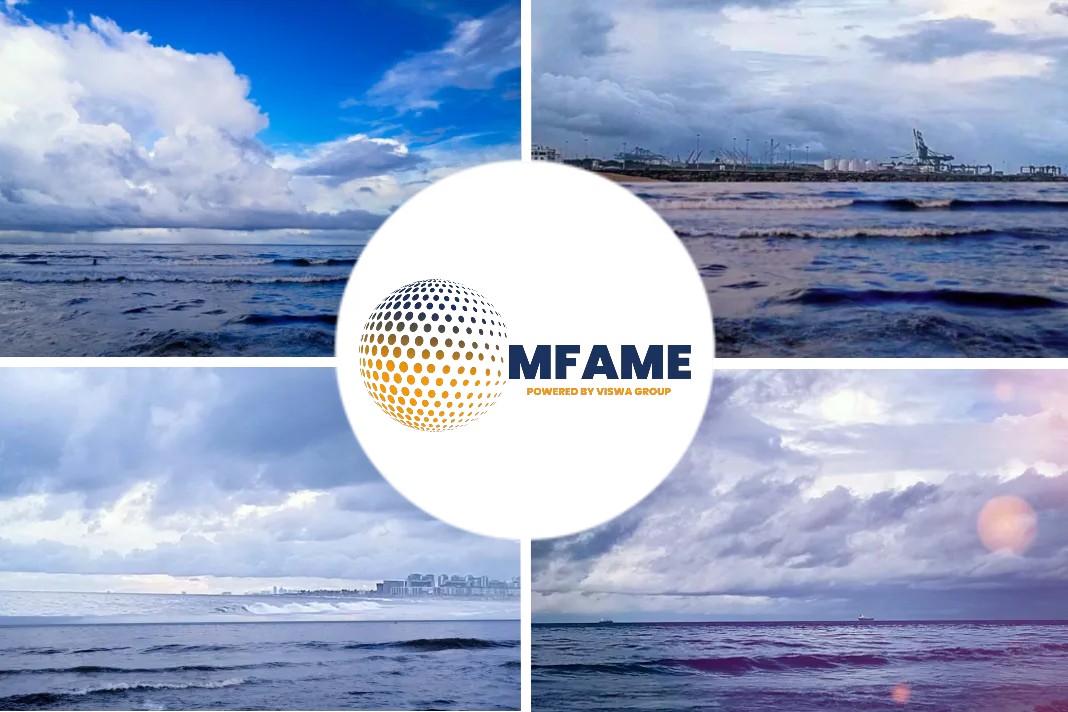According to a Platts article, the global bunker supplier Total Marine Fuels Global Solutions has announced that they have successfully conducted several trials of their 0.5% sulfur fuel oil with shipowners at key ports globally and continues to do so as LSFO is set to be the main marine fuel choice come 2020, the company’s managing director Jerome Leprince-Ringuet said last month.
Marine Industry To Work Closely
“The International Maritime Organization’s global sulfur limit rule for marine fuels calls for a dramatic change and requires various stakeholders in the marine industry to work closely,” Leprince-Ringuet told S&P Global Platts in an interview.
“Total has stepped up its preparations very rapidly. We are ready to supply our customers in the main bunkering hubs with the products they require to ensure compliance to the IMO rule,” he added.
Shipowners Made Thier Bed
The IMO will cap global sulfur content in marine fuels at 0.5% from January 1, 2020, down from the current 3.5%. That will apply outside designated emission control areas where the limit is already 0.1%.
“Most of the shipowners have made a choice regarding which fuel they want to use. Indeed, no decision means you have to go for LSFO and making a decision could be an investment decision for scrubbers or LNG,” he said.
The Base Load for the Future Market
According to Leprince-Ringuet, HSFO will account for only about 10%-20% of the global bunker market in 2020.
There is an economic case for the use of scrubbers, but only a small proportion of the global shipping fleet will be fitted with the technology by 2020, he said.
“So that makes the base load for the future market,” he said.
While HSFO may be readily available in the major bunkering hubs globally as there will be enough liquidity in barging, storage, and refining production there, it may not be so readily obtainable at remote ports, he said.
So, at smaller ports, shipowners, particularly those in the tramping market, should contact their suppliers to ensure that the product is available, Leprince-Ringuet said.
TOTAL Readying Itself
In terms of Total’s marine fuel specifications, the company’s 0.50% sulfur compliant bunker fuels are going to be aligned to ISO 8217:2017 specs, Leprince-Ringuet said.
“In the old world (now and in the past), we were selling viscosity grades… now we will sell sulfur grades,” Leprince-Ringuet said at a company event separately organized on the same day.
“We will not guarantee both sulfur and viscosity. That’s just not what our customers want because if you guarantee both of these constraints, it comes with additional costs,” he said.
Meanwhile, Total’s technical team is working very closely with its customers to prepare for 2020, Leprince-Ringuet said.
Shipowners Partnership Model
It is imperative that shipowners seek a “partnership model” with their energy supplier, Leprince-Ringuet said.
“Not all shipowners can afford to send people for training courses. The best is to organize it onboard with the crew, their technical team and our technical team.”
Meanwhile, compatibility of fuels will continue to be a concern post-2020, he said.
“Nobody can guarantee their fuels will be compatible with another supplier’s fuels,” Leprince-Ringuet said.
No Escape from Compliance
As far as compliance with the IMO 2020 rule is concerned, the rule is very clear, Leprince-Ringuet said, adding that a high level of compliance is expected.
“When you are a major liner, when you are calling at a reputable port, I don’t think you can escape,” he said.
Moreover, most of the traffic goes through the main ports that are willing to enforce it in a very strict manner, he said, adding that Singapore is a good example of a port offering a very strict framework.
LNG Bunkering
In 2020, the market for LNG globally as a marine fuel will remain quite limited, Leprince-Ringuet said.
However, it is expected to ramp up quickly after 2020 due to a number of developments such as the IMO 2020 rule, IMO’s greenhouse gas emissions target cuts, concerns over particulate matter, favorable pricing economics, and development of infrastructure, he said.
- According to Leprince-Ringuet, LNG’s share as a marine fuel will reach around 5%, or about 10 million mt, by 2025.
- Total, for its part, is “very active in the LNG market”, Leprince-Ringuet said, adding that the company has taken several initiatives to promote LNG and related infrastructure.
- In 2018, Total and Singapore’s Pavilion Energy inked an agreement to jointly develop an LNG bunker supply chain in the Port of Singapore.
- In 2017, Total and CMA CGM signed a deal covering the supply of LNG to fuel CMA CGM’s nine newbuild container ships, scheduled for delivery beginning 2020 onwards.
Did you subscribe to our daily newsletter?
It’s Free! Click here to Subscribe!
Source: Platts























